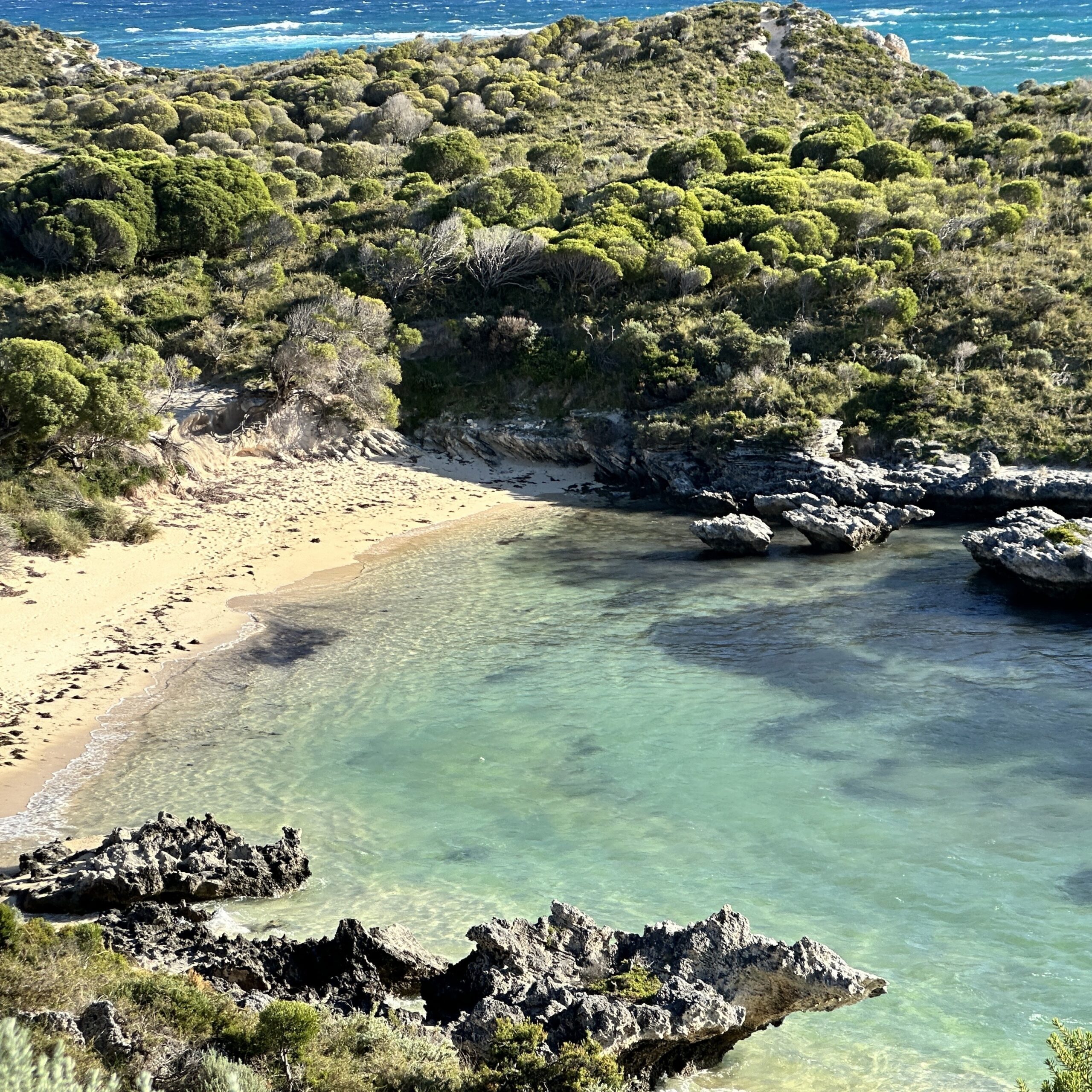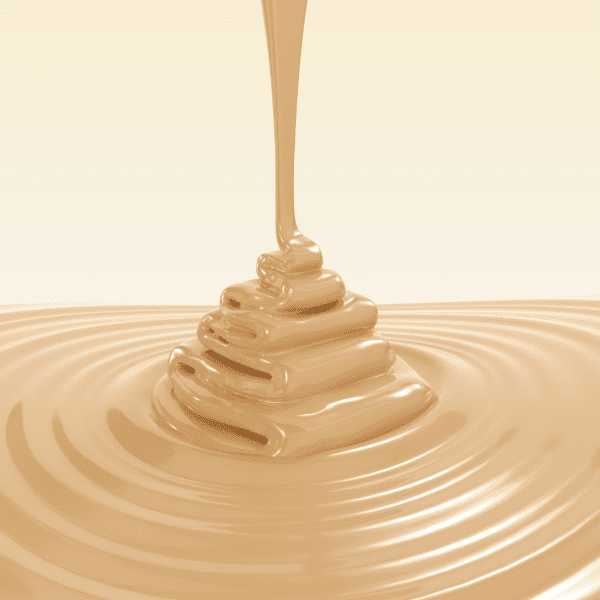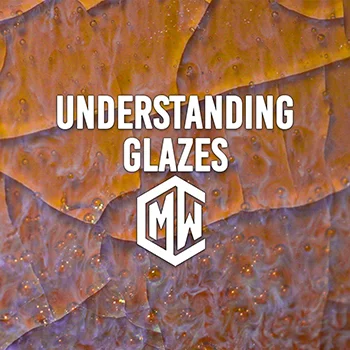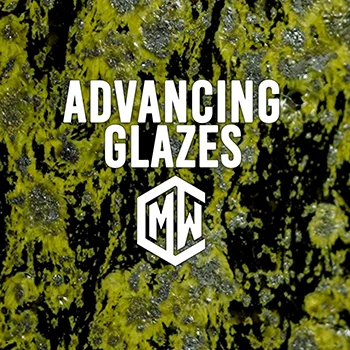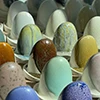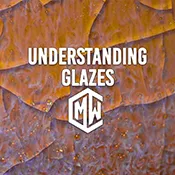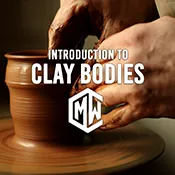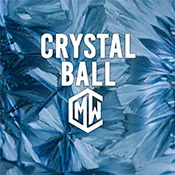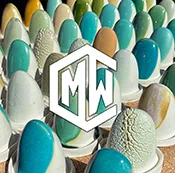Australia has such a vibrant and amazing ceramic community. This is probably because they live in a country that is rich in natural resources used in ceramics that can be found or sourced directly within the country.
During our 2023 workshop tour of Australia, we got the chance to see some of the amazing geological sites that had native ceramic materials. Check out below what we found!
Clay
Australia has vast deposits of different types of clay. This includes kaolin, ball clay, fireclay, and stoneware clays. These clays are used for various ceramic applications, such as pottery, porcelain, and brick manufacturing.
We got to visit a local kaolin deposit outside of Perth in Western Australia. And amazingly enough, it was literally right in the neighborhood we were staying in.
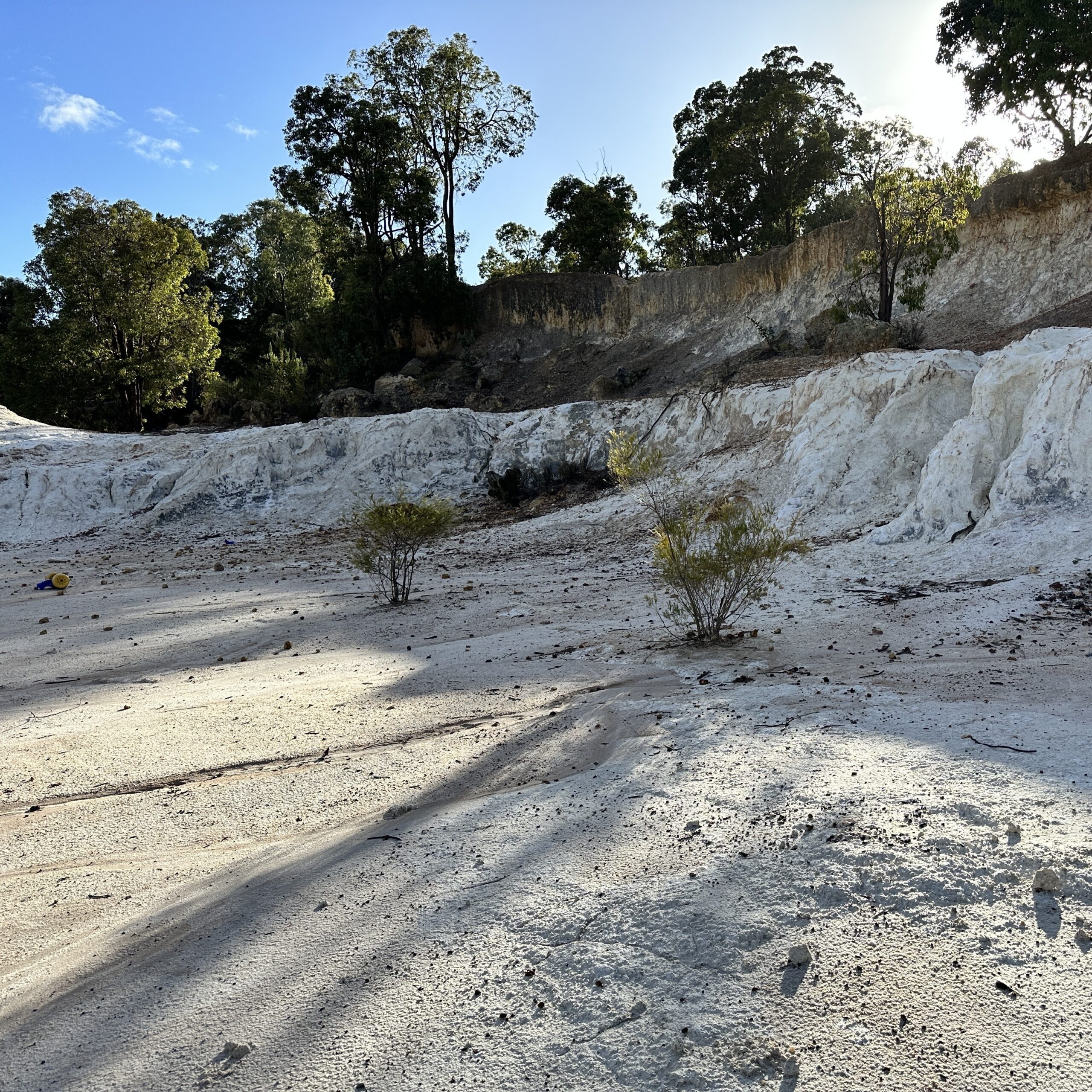
The kaolin in this particular deposit was a very pure white kaolin, very bright white. But what was even cooler is that it was below an overburden of Aussie red earth. Much of the country is a lovely iron red, as you may have heard. But geology doesn’t care. It generates what it has to generate. And in this case, it is ribbons of pure white kaolin under the dusty red soil.
I’m curious… what are typical types of Clay? Read CMW’s article: Clay, Kilns, & Creativity: A Beginners Guide to Ceramics
Sand
Since Australia is an island continent, high-quality silica sand is abundant. Silica sand is a major component of many ceramic bodies, glassmaking, and various industrial applications. It is primarily found in coastal and inland deposits in several states. We were lucky to have visited many beautiful beaches, but Bondi Beach was one of our favorites!
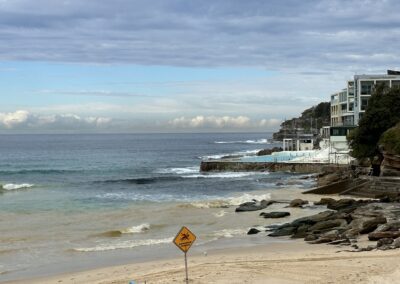
What IS the chemistry behind clay? Read CMW’s article: Unleash Your Inner Scientist: The Chemistry of Clay!
Iron Ore
Australia is one of the world’s largest producers of iron ore. Iron ore is a significant component of some ceramic bodies and glazes, especially those used in high-temperature applications.
We found this sample during our visit to the kaolin deposit outside of Perth in Western Australia.
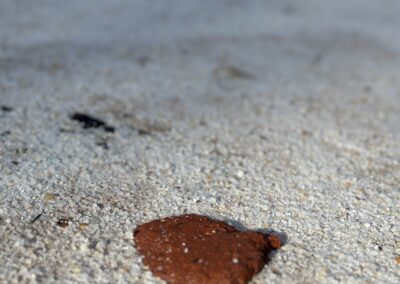
Note that while many ceramic materials can be found locally in Australia, availability really depends on the region and local mining. Many ceramicists still need to import glaze materials from other countries to access a broader range of options and ensure consistency in their glaze formulations. But there are many Australian ceramicists that are using local materials.
It’s just a matter of what Rose always says to do – Test, Test, Test-ing!
Ready to dive deeper?
Loved learning about ceramic glazes? Want to go even deeper? Check out our Workshops & Courses, now available in Spanish, or YouTube Channel where Matt breaks it all down, myth-busting and Stull chart included!

